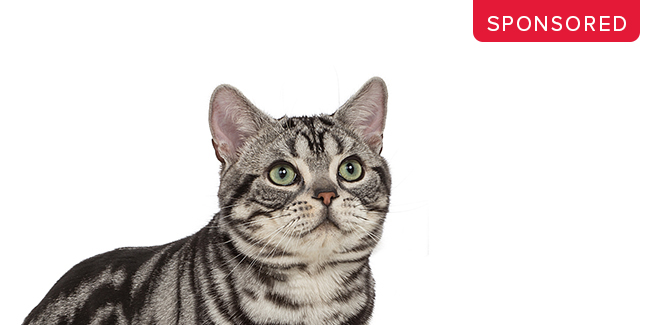Be a diet detective: Incorporate a diet history into your exam routine

Half of all cats in the United States do not receive regular veterinary care. Take advantage of Take Your Cat to the Vet Day on August 22 to encourage checkups for your feline patients!
If it’s been a while since a cat was examined, start your appointment off on a positive note—praise owners for bringing their cat to the clinic to reinforce the importance of regular care. Then, get caught up on the cat’s health history to see what has changed since their last visit. One key element of history-taking is obtaining a diet history.
A detailed diet history is an essential component of nutritional screening, as recommended by the AAHA Nutritional Assessment Guidelines for Dogs and Cats. Understanding a cat’s diet history can add valuable insight into their health status and highlight opportunities for intervention.
Tips for taking a diet history:
Use a form. A diet history form provides a consistent framework to ensure all parts of the diet are evaluated, including main food, treats, supplements, and feeding amounts. Diet history forms are available through the World Small Animal Veterinary Association and the American College of Veterinary Nutrition. Choose an existing form or use these as inspiration to customize your own.
Make it routine. If sending an appointment reminder to clients, consider including a diet history form to be completed ahead of time. Giving a form in advance prompts owners to think about questions to discuss during their appointment and allows them to look in the pantry for a reminder of what they are feeding. Providing diet history forms at check-in can also give owners something to work on before their exam begins. Figure out what system works best for the flow of your practice, then use your system for every patient.
Ask open-ended questions. After reviewing a completed diet history form, follow up with open-ended questions to elicit more detailed information. Asking “Do you feed treats?” may put owners on the defensive; asking “What treats does Fluffy enjoy?” yields a more enthusiastic response. For stubborn obesity cases where hidden calories are suspected, invite owners to tell a story: “Walk me through Fluffy’s daily routine, including everything she eats throughout the day (and night).”
Watch for red flags. Are unmeasured feeding amounts contributing to obesity? Is the patient fed an unconventional diet (e.g., raw, homemade, vegetarian) that may increase risk for nutritional imbalance? Do unbalanced treats and “people foods” contribute to over 10% of daily calories? Are any foods contraindicated for the pet’s medical condition (e.g., a high-calorie diet for an overweight cat)? If concerns arise, address them as part of your patient’s treatment plan.
Of course, these tips are not just reserved for cats – use your diet detective skills for canine patients too!
Written by Lily Johnson, DVM, DACVN



